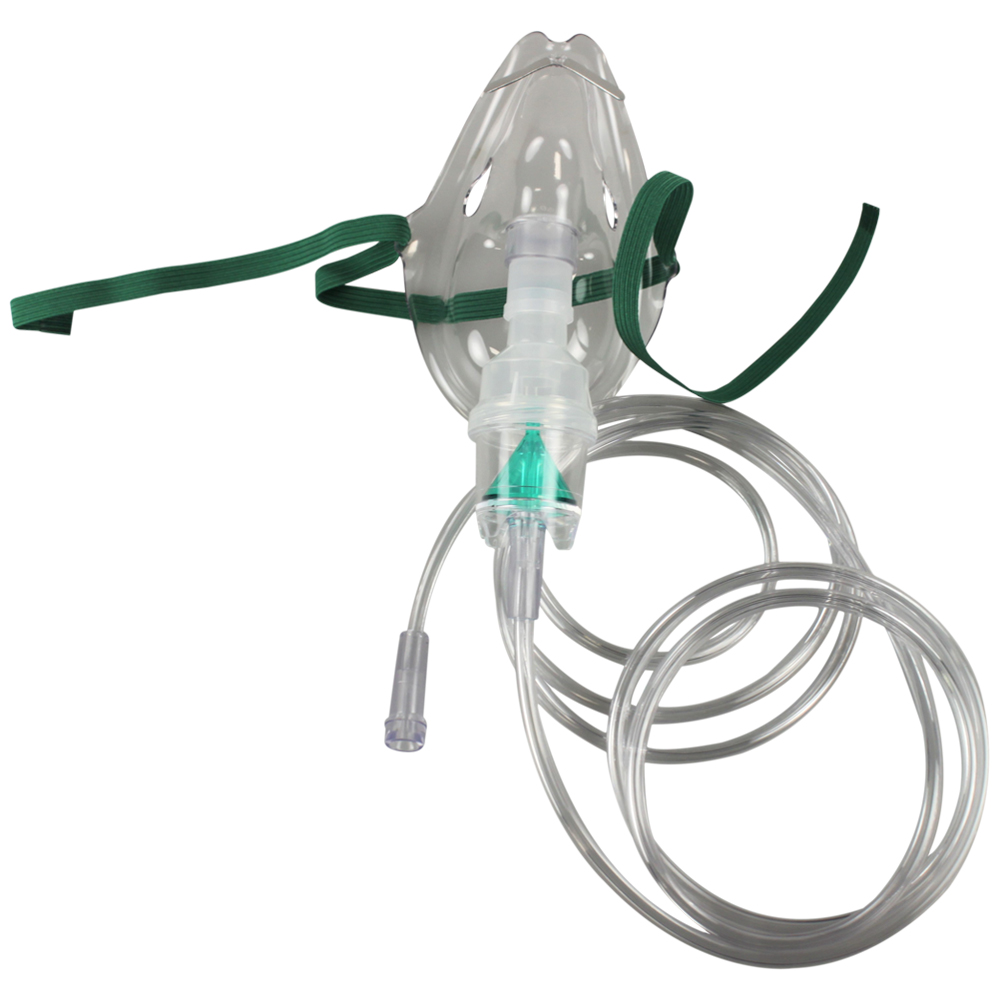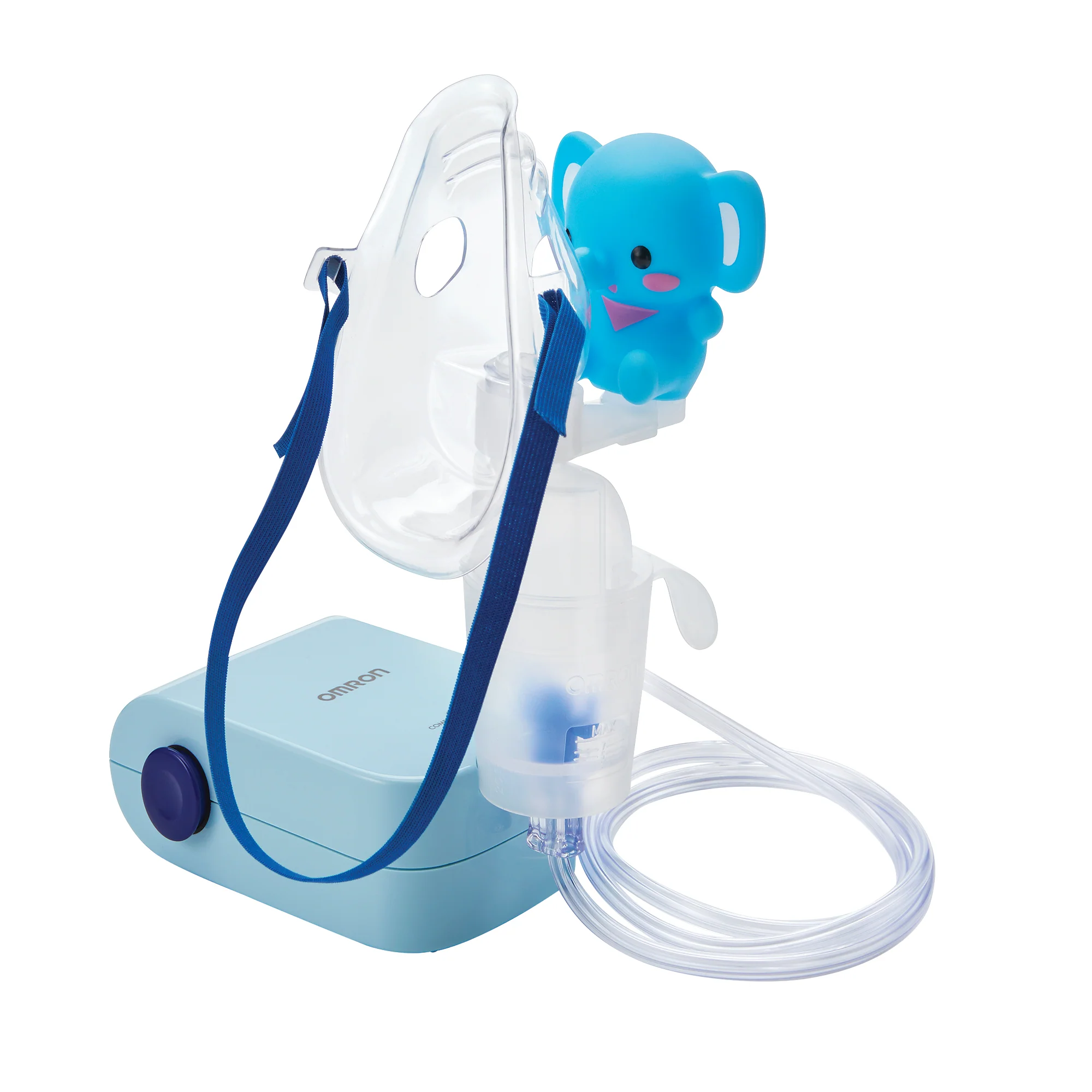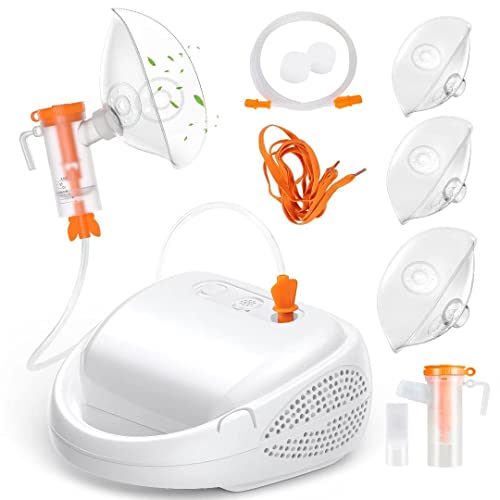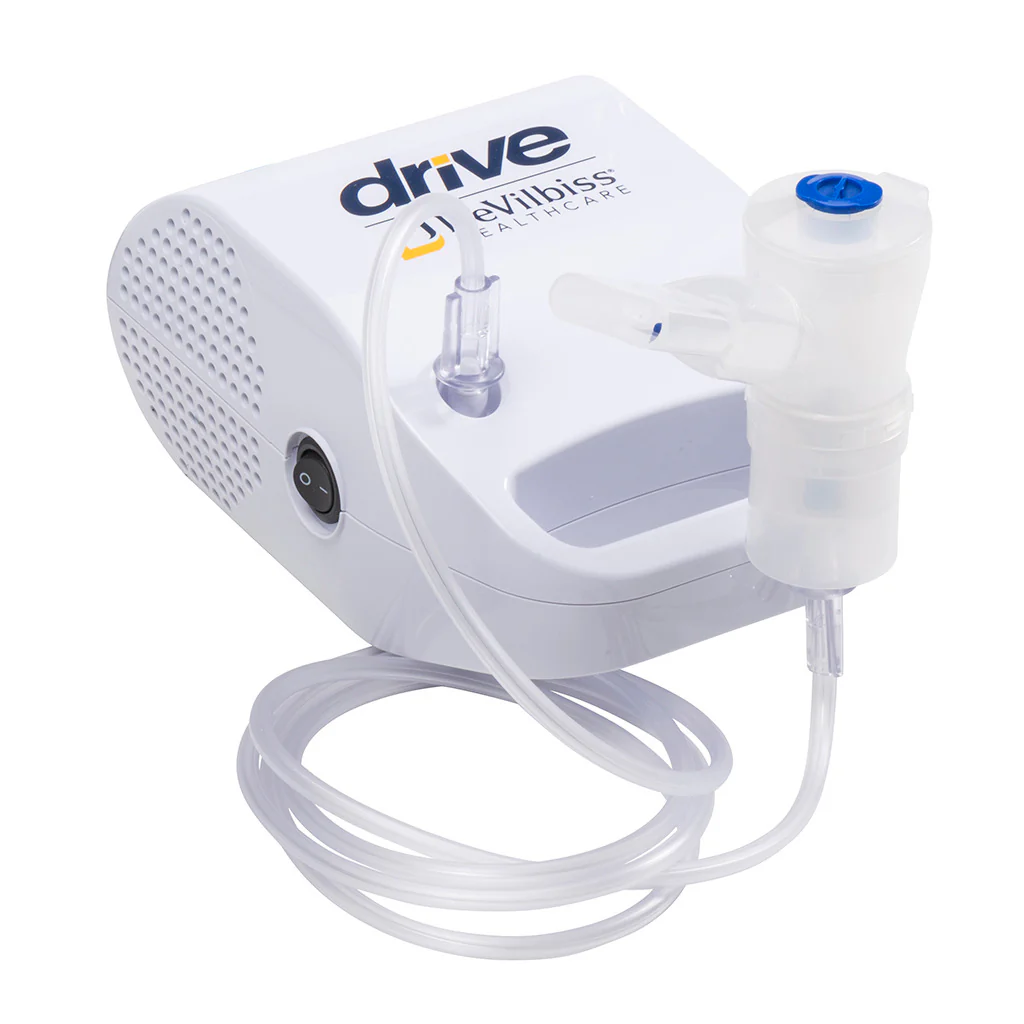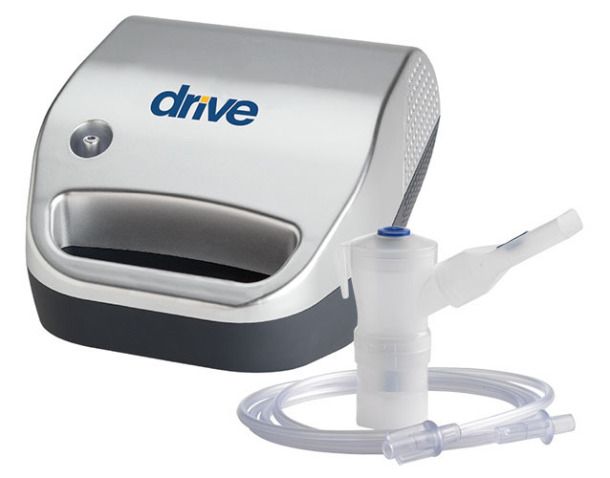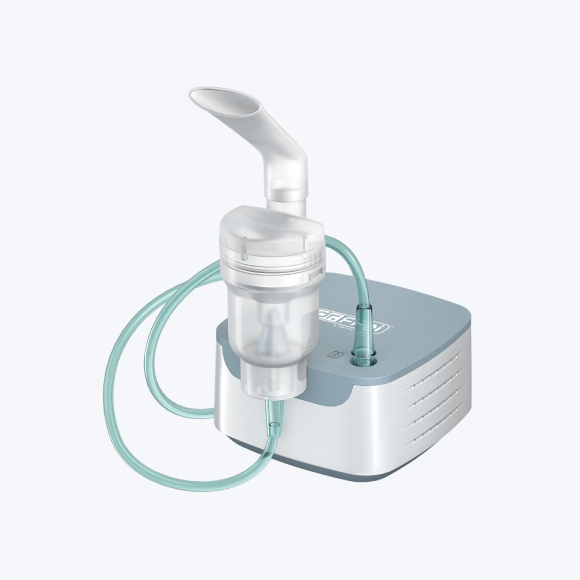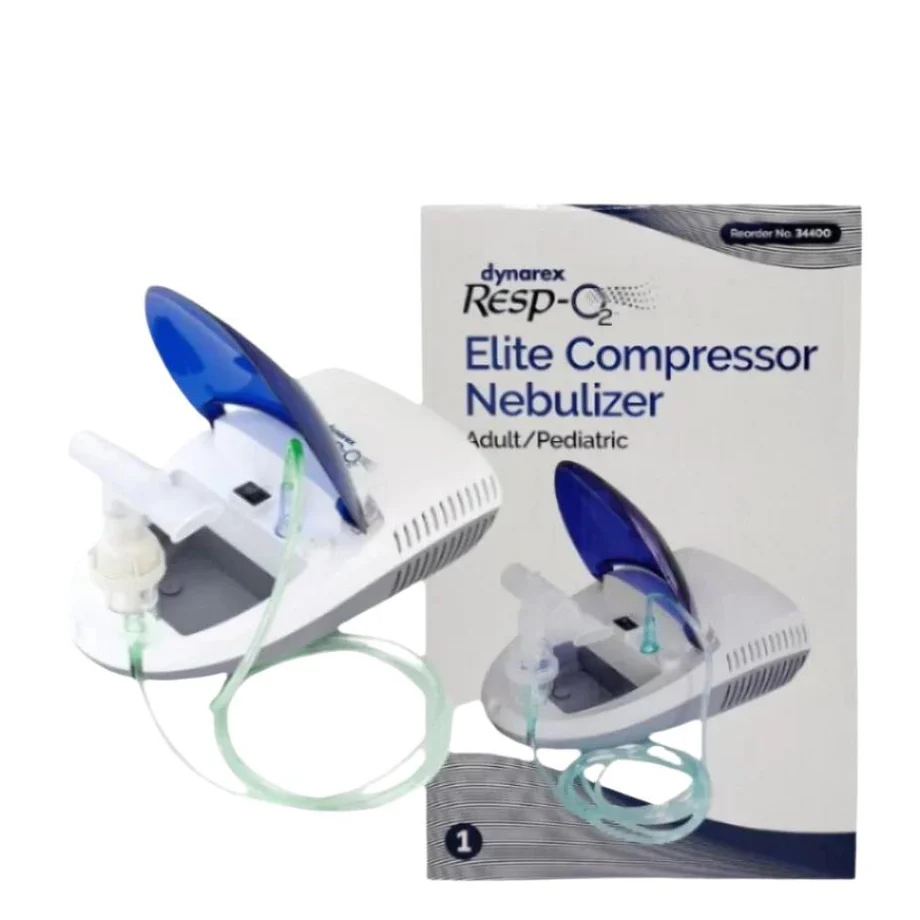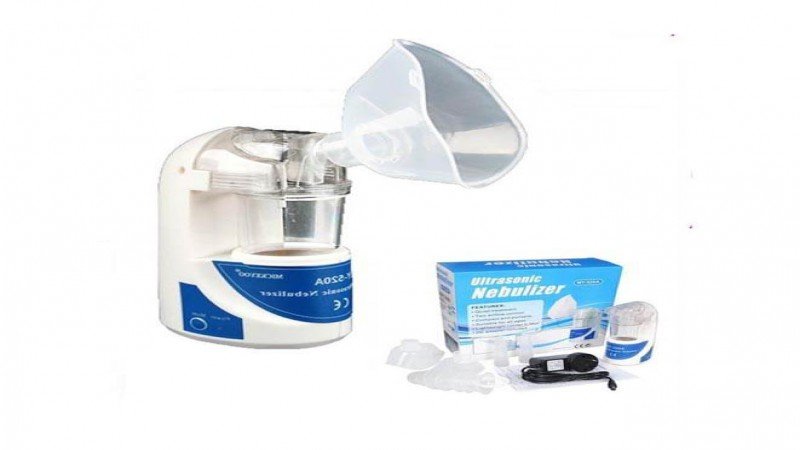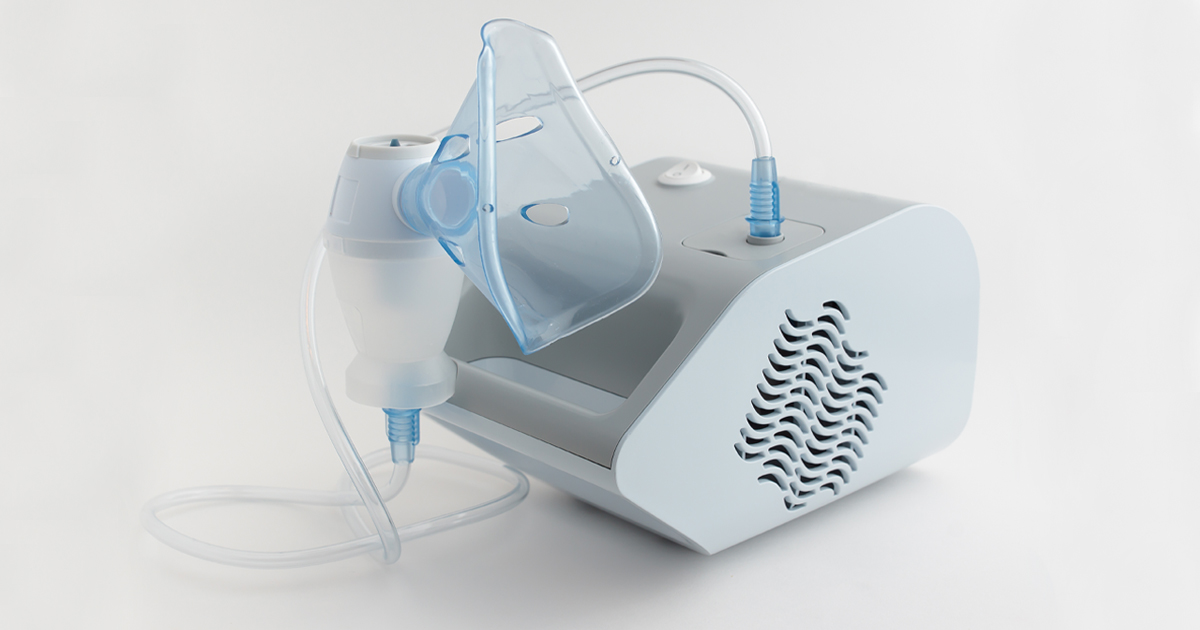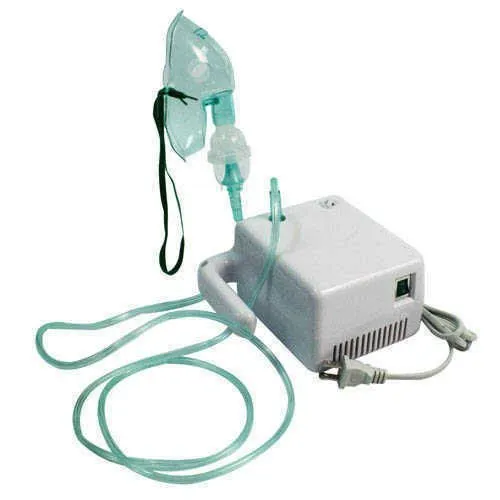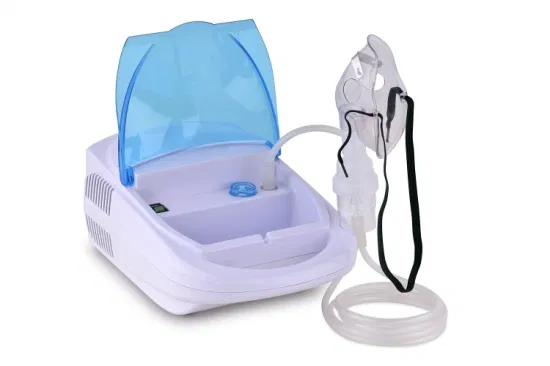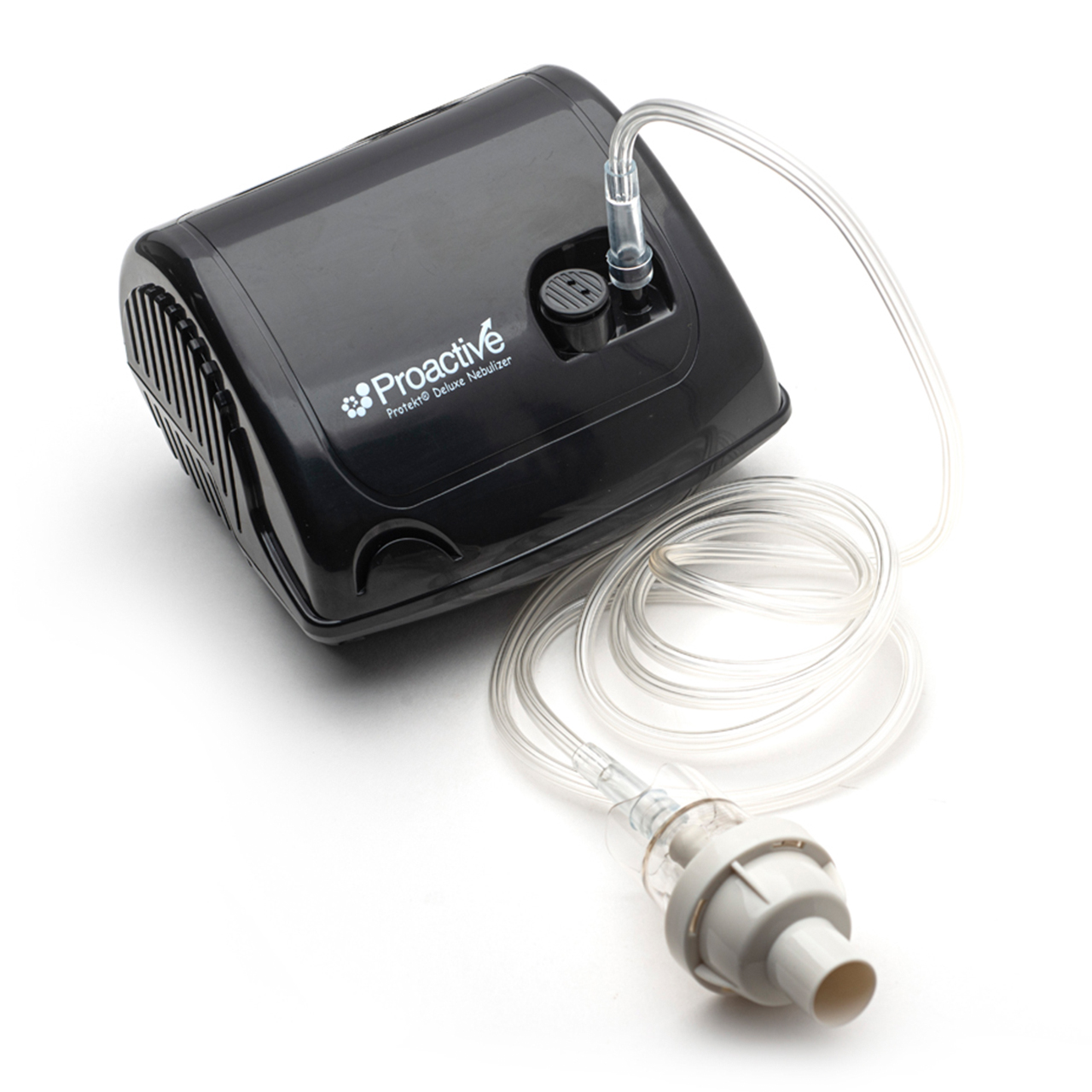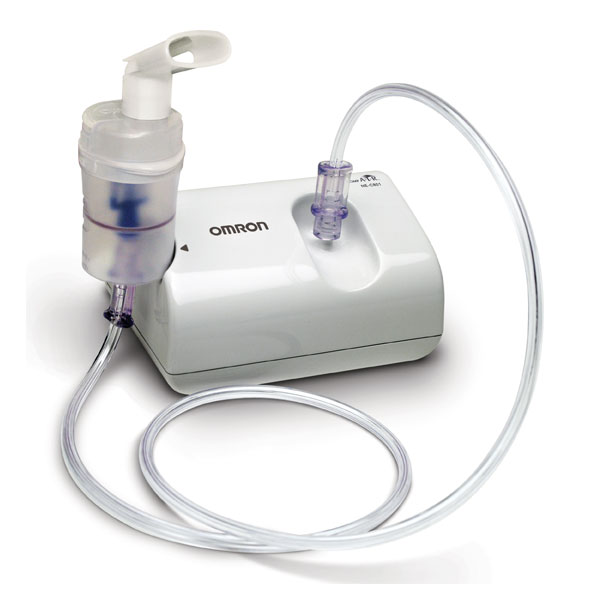Description
Nebulizers are vital medical devices used to deliver medication directly to the lungs, making them an essential tool in the management of respiratory conditions. By converting liquid medication into a fine mist, nebulizers allow patients to inhale therapeutic agents more easily, especially those who may have difficulty using inhalers. This is particularly beneficial for individuals with asthma, chronic obstructive pulmonary disease (COPD), or other conditions that require fast and effective relief from breathing difficulties. The ability to administer larger doses of medication with nebulizers also means that patients can achieve more rapid relief from symptoms during exacerbations.
There are two main types of nebulizers: jet nebulizers and ultrasonic nebulizers. Jet nebulizers use compressed air to produce the mist, while ultrasonic nebulizers rely on high-frequency sound waves. Each type has its advantages, with jet nebulizers typically being more affordable and widely used, whereas ultrasonic nebulizers tend to be quieter and more portable. The choice between them often depends on the patient’s specific needs, preferences, and the type of medication being administered.
For many patients, using a nebulizer can be a game-changer, allowing for greater independence and improved quality of life. However, it is essential for users to understand proper usage and maintenance of these devices to ensure effectiveness and hygiene. Regular cleaning and the use of distilled water for mixing medications can prevent contamination and ensure that patients receive the full dosage intended. With the right care and understanding, nebulizers can significantly enhance the management of chronic respiratory conditions, making breathing easier and more manageable for those who rely on them.

